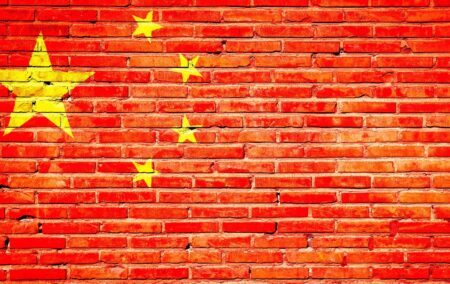Tensions between the People’s Republic of China and the United States appear to be growing, with the latter’s allies increasingly coordinating their response to China’s assertive diplomacy.
This is set out in a recent article in the South China Morning Post.
At the core of this is the so-called Five Eyes intelligence group – comprising the US, Canada, the United Kingdom, Australia and New Zealand – whose members have evinced growing concern about Chinese power projection, industrial espionage and meddling in their internal politics. More recently, these have been heightened by the Chinese security crackdown in Hong Kong and the cover-up of the Covid-19 pandemic.
In addition to the highly publicised trade conflict between China and the US in recent years, Australia has pushed for an international enquiry into the origins of the pandemic, which China has rejected. In apparent response, China hiked tariffs on Australian barley.
The United Kingdom has mooted offering people from Hong Kong expanded rights of residence in the event that new security legislation is passed in the enclave. It is also reviewing plans for Chinese involvement in the roll-out of 5G infrastructure.
In addition, the UK has proposed a grouping of 10 democracies (D10) – comprising the so-called G7 (The US, UK, Canada, Germany, Italy, France and Japan), along with Australia, India and South Korea – to provide an alternative source of technology and equipment for 5G, and reducing dependence on China.
Georgina Downer of Tenjin Consulting, an Australian geo-political consultancy firm, comments: ‘The swiftness of the change in policy in the UK over 5G and agreement among Five Eyes nations to establish a D10 of democratic and like-minded countries to cooperate on 5G technology is another good example of how China’s aggressive diplomacy has quickly aligned Five Eyes nations’ strategic thinking about Chinese investments in critical infrastructure.’
Countries outside the Five Eyes alliance, such as Japan and India, have shown signs of wariness towards China. Japan has indicated that it wished to take the lead among the G7 countries in dealing with Hong Kong. India has moved towards the US orbit, prompted in part by Sino-Pakistani cooperation. In 2019, the first joint land, sea and air military exercises were held between the US and Indian militaries.
China, however, retains considerable resources to press its own interests, not least enormous economic muscle and a market that its detractors may be reluctant to forfeit.
Lu Xiang of the Chinese Academy of Social Sciences argues (with specific reference to the Five Eyes alliance) that each of the countries facing China has its own set of interests and will find it difficult to coordinate them. This will offer some advantage to China: ‘All countries are sovereign countries. Each has its own calculation and diplomatic agenda. I don’t believe that these four countries will follow the United States at every step. Of course, they will have some coordination as traditional allies, but I don’t think it’s a monolithic one.’

